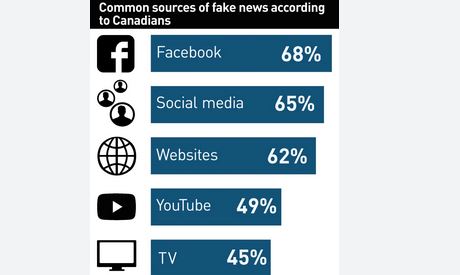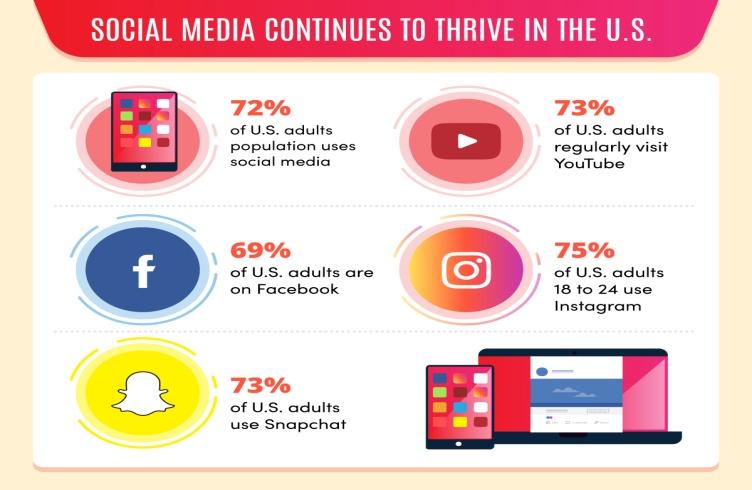Introduction
Childhood vaccines or immunizations have been in existence for many years. They were introduced to help protect children against various life-threatening diseases such as polio, tetanus, and diphtheria. Similarly, these types of vaccines protect other children by eliminating or reducing the severity of the conditions that spread from child to child. As a public tool against dangerous disease, childhood vaccines such as Hepatitis A and Measles have been described by many as an effective weapon against infectious illness.
It is important to note the vaccine program works by protecting at-risk population provided the national coverage is sufficiently high. It has the ability to protect those who were previously not vaccinated due to medical reasons. Currently, childhood vaccinations prevent approximately 2-3 milliondeaths every year. Despite this successful story, myths such as MMR being the cause of autism continue to flourish as a result of scientific evidence losing grip on alternative truth perpetrated through social media.
For many years scholars have been trying to understand how myths are created, diffused and their overall impact on humans. However, little research has been carried out to determine how the cause-effect relationship of diseases is shaped by social media. This article seeks to give a deeper understanding of how social media facilitate the circulation of myths. The first point to note is that myths are created through direct misinterpretation of scientific observations. Secondly, the cutting edge scientific evidence only lasts for a short period of time–they get lost through multiple interpretations, thus becoming myths of today. Thirdly, people easily trust the version of truth shared by celebrities than that of the news source. Fourthly, some old myths have persisted for many years due to social media. More importantly, cause-effect myth about MMR vaccines has been spread far and wide with the help of social media.
The Origin of Vaccination Myths
Scholars agree that the origin of vaccination myths started after successful eradication of smallpox. According to Boylston (352), myths develop through a simple observation which signals multiple interpretations. For instance, the process of developing smallpox vaccination started with a simple observation made by a doctor while inoculating a group of farmers against smallpox. Boylston noted that the doctor never acknowledged the importance of his discovery and as such he decided to share the information with his friends. Boylston (356) maintains that Doctor Fewster’s conversation with his colleagues is what set in motion the process that led to the development of small pox and the eventual eradication of the virus. As a matter of fact, most stories of vaccination argues that Edward Jenner became aware of the benefits of cowpox from a conversation with a milkmaid “who claimed that she was immune to smallpox because she had cowpox” (Boylston (356). This story is later evolved into what is known as milkmaid myth. However, the truth is that the process that led to eradication of smallpox started with a simple clinical observation which was later communicated to a medical community.
Furthermore, the cause-effect myth described above started in the late 1990s. It started after Andrew Wakefield published an article in The Lancet claiming that he had finally found the explanation for autism in the measles virus. Wakefield hypothesized that the measles virus “the measles virus had triggered inflammatory lesions in the colon, disrupting the permeability of the colon, thus causing autism” (Davidson 127).
In fact, all the eight autistic children involved in the experiment exhibited hypothesized lesions, driving to claim that measles vaccine virus caused autism. In a different study, the authors claimed that vaccines for mumps, measles, and rubella (MMR) follow the pattern of a cause-effect myth. The misinterpretation comes in from claims that if “A follows B, then A becomes the cause of B” (Davidson 128). The myth states that the developmental condition such as autism starts manifesting from the moment MMR vaccine is administered. Vaccine in essence viewed as the cause while the disease such as autism is the effect. The simplicity of this explanation makes it easier for people to avoid MRR vaccination – this ensures they do not experience the side effects associated with the vaccine.
The Role of Social Media
Myths spread fast on social media because platforms such as Facebook, Instagram and Twitter are free and accessible to many. Most importantly, these platforms are not vetted with a news source. According to Jervelund (167), myths on social media spread through misinformation and disinformation. The former is one that inadvertently draws conclusions based on incomplete facts while the latter is a more of a deliberate spread of falsehood. Public figures and social media have been cited extensively as the main perpetrators of myths. On one hand, public figures tend to use their fame to speak about topics and subjects despite not being experts.
On the other hand, social media influencers spread and amplify information through social media megaphone. The main reason why myths spread fast through social media is that the owners of these platforms struggle with misinformation and disinformation – they are not sure which approach to take in an effort to address the problem. Social media remains to be one of the main sources of fake news (Figure 1).

Since myths offer a simpler explanation rather than complex issue, people are more likely to follow it at the expense of truth. For instance, parents who genuinely struggle with deciding whether or not to take their kids for MRR vaccination will fall for any explanation, especially from a celebrity or any other public figure. Xia and Jiming’s study further highlighted some of the issues that parents consider in making vaccine-related decisions. These issues range from perceived benefits and risks of vaccination, possible adverse effects of immunizations and financial costs associated with the vaccine (CNN News 18).
Such parents are more likely to change their mind if they come across an explanation advising against a particular vaccination – especially one made by an influential person. For example, an explanation such as toddlers have a weak immune system and easily get overstimulated by the vaccine, will most likely dissuade parents. In fact, this is how many people still support Andrew Wakefield findings despite Lancet completely retracting the paper and subsequently finding Wakefield and others guilty of ethical violation and scientific misinterpretation.
In line with above, people still believe Wakefield’s findings are someone true. As a matter of fact, all the re-futing scientific evidence were eventually replaced by alternative truth perpetrated through social media. Unlike scientific evidence which get published in selective Journals, anti-vaccination networks on the web are easily accessible by the people. This expansion is attributed largely to the influence of celebrates who have embraced the cause and effect debates.
Social media can be used by celebrities to create narrative that vaccines are not worth the risk especially since they are uncommon. In other words, individual’s vaccination decisions depend largely on prior knowledge about the disease and associated costs. According to statistics “eight in ten Internet users in the U.S search for health information online and 74% of these people use social media” (Jervelund (167). This means a high percentage people are likely to read believe the information on social media platforms.

Several studies have been undertaken to find out how people decide what information to trust on social media. Xia and Jiming’s (201) findings revealed that “people are more likely to trust and engage with a story on social media if it is shared by a public figure they trust”. From this, one can argue that public figures sharing a story have a huge impact than the news source reporting it. In fact, some people will even re-share the story on their social platforms even if they do not trust public figure.
Conclusion
Myths surrounding vaccinations are easily followed because they are simple and are believed to provide an alternative truth about an issue. As evidenced above, vaccinations myths occur as a result of misinterpretation of facts. For instance, there are many versions of the cowpox story which makes it difficult to identify the truth. However, this article emphasizes that the vaccinia virus fused in the final smallpox eradication program was not identified in all the cowpox cases. Similarly, the widely cited version of the milkmaid story is just but a myth.
Works Cited
Boylston, Arthur. “The Origins of Vaccination: Myths and Reality.” Journal Of The Royal Society Of Medicine, vol. 106, no. 9, 2013, pp. 351-354. Web.
Chirico, Francesco. “Vaccinations and media: An on-going challenge for policy makers.” J Health Soc Sci, vol. 2, no. 1, 2017, pp. 9-18. Web.
Chugh, Ritesh, Robert Grose, and Stephanie A. Macht. “Social Media Usage by Higher Education Academics: A Scoping Review of the Literature.” Education and Information Technologies vol. 26, no. 1, 2021, pp. 980-99. Web.
CNN News 18. “Doctor Dispels Myths, From Vaccine Challenge To Herd Immunity | Virus To Vaccine”[Video]. Yotube. 2018. Web.
Davidson, Michael. “Vaccination as A Cause of Autism—Myths and Controversies.” Dialogues in Clinical Neuroscience, vol. 50, no. 3, 2020, pp. 127-53. Web.
Jervelund, Signe Smith. “How Social Media is transforming the Spreading of Knowledge: Implications for Our Perceptions Concerning Vaccinations and Migrant Health.” Scandinavian Journal Of Public Health, vol. 46, no. 2, 2013, pp. 167-169. Web.
Thompson, Elizabeth. “Poll Finds 90% of Canadians Have Fallen for Fake News” CBC News, 2019. Web.
Xia, Shang, and Jiming Liu. “A Belief-Based Model for Characterizing the Spread of Awareness and Its Impacts on Individuals’ Vaccination Decisions.” Journal of The Royal Society Interfacevol. 11, no. 9, 2014, pp. 201-294. Web.